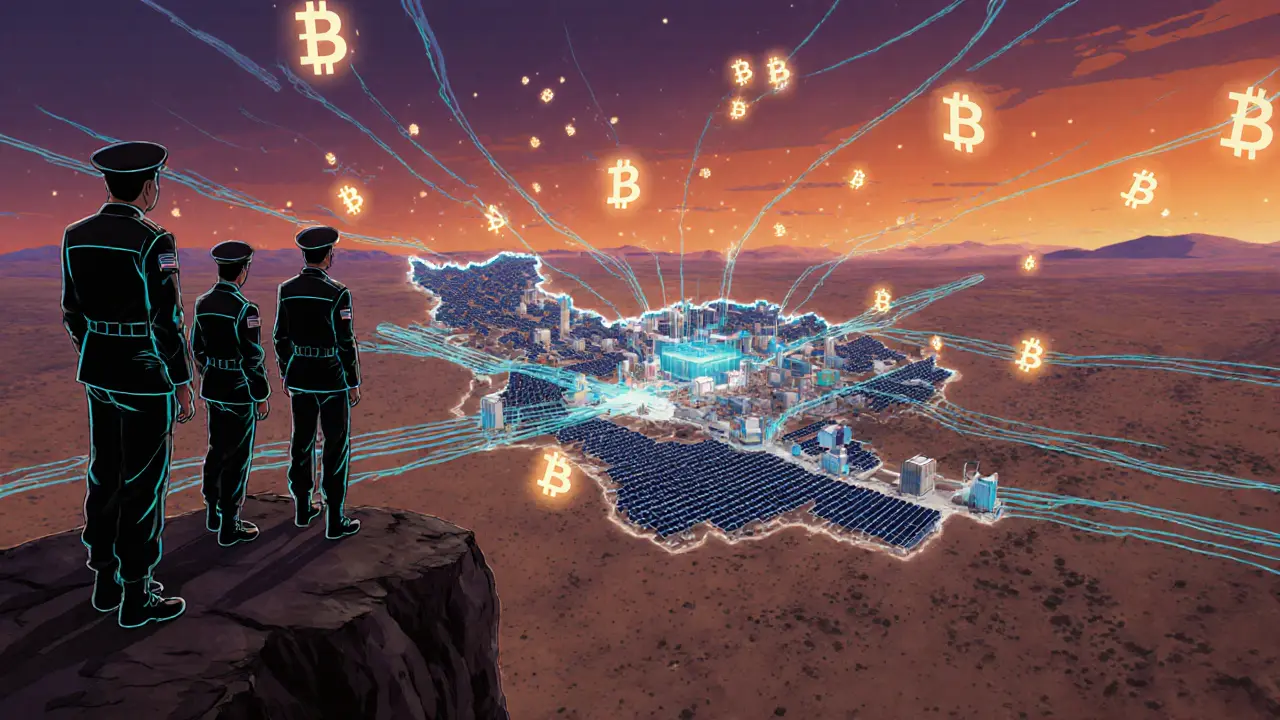Iran Bitcoin Mining: Insights, Challenges, and Opportunities
When working with Iran Bitcoin mining, the practice of running Bitcoin miners inside Iran’s borders, often using local power grids and navigating national policies, you instantly touch three big ideas. It sits inside cryptocurrency mining, the broader activity of creating new crypto coins by solving cryptographic puzzles. At the same time, it is shaped by Iranian crypto regulation, government rules that dictate how digital assets can be produced, traded, or taxed in Iran. Finally, the whole scene depends on the Bitcoin hashrate, the total computing power dedicated to mining Bitcoin worldwide. Put together, these elements form a web where policy influences equipment choices, equipment drives hashrate, and hashrate feeds back into profitability.
Key Factors Shaping Iran Bitcoin Mining
First up, energy costs. Iran’s electricity is heavily subsidized, which makes running ASIC miners cheaper than in many other countries. That cheap power attracts both small hobbyists and large farms. However, the government periodically adjusts subsidies or imposes caps, so miners must stay agile. Second, hardware availability. Global chip shortages mean Iranian operators often rely on older models or locally assembled rigs. Knowing the specs of each generation—hash power, energy draw, and lifespan—helps them balance upfront spend against long‑term returns. Third, legal landscape. Recent Iranian crypto regulation allows mining but requires registration with the Ministry of ICT and compliance with tax reporting. Non‑compliance can lead to equipment seizures, so keeping paperwork up‑to‑date is as crucial as cooling the hardware.
Another piece of the puzzle is market access. Iranian miners need a way to sell the Bitcoin they produce. Domestic exchanges, some of which we review in depth on this site, provide that outlet, while international platforms often ban Iranian users due to sanctions. Understanding which exchanges are still operational and their fee structures can make or break a mining operation’s cash flow. Finally, community knowledge. Airdrop alerts, security tips, and regulation updates—all covered in the articles below—equip miners with the latest intel. By the time you finish reading the guides, you’ll know how to size your rig, calculate break‑even points, and stay on the right side of the law.
With that background, you’re ready to explore the specific topics we’ve gathered. Below you’ll find detailed reviews of crypto exchanges, step‑by‑step airdrop claims, security best practices for private keys, and deep dives into blockchain finality—each piece can help you fine‑tune your Iran Bitcoin mining strategy and keep your operation profitable and compliant.
